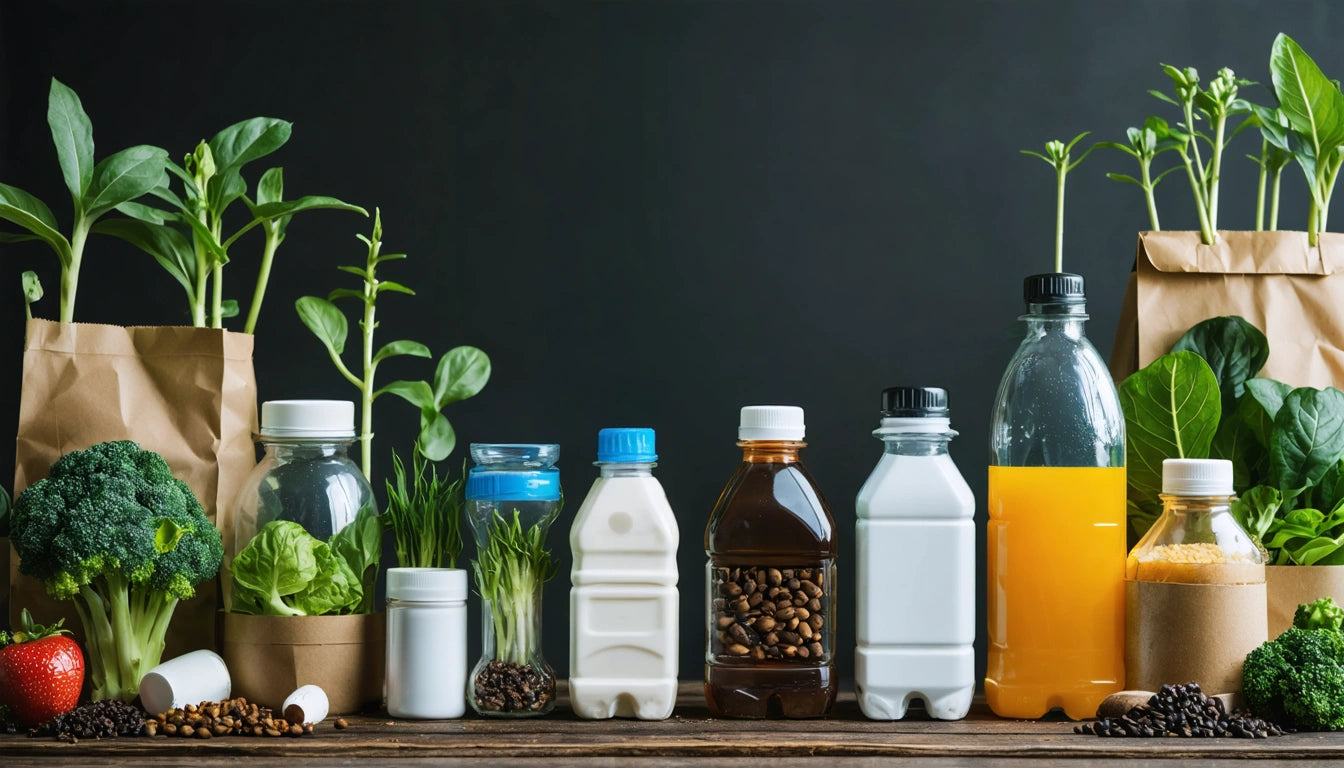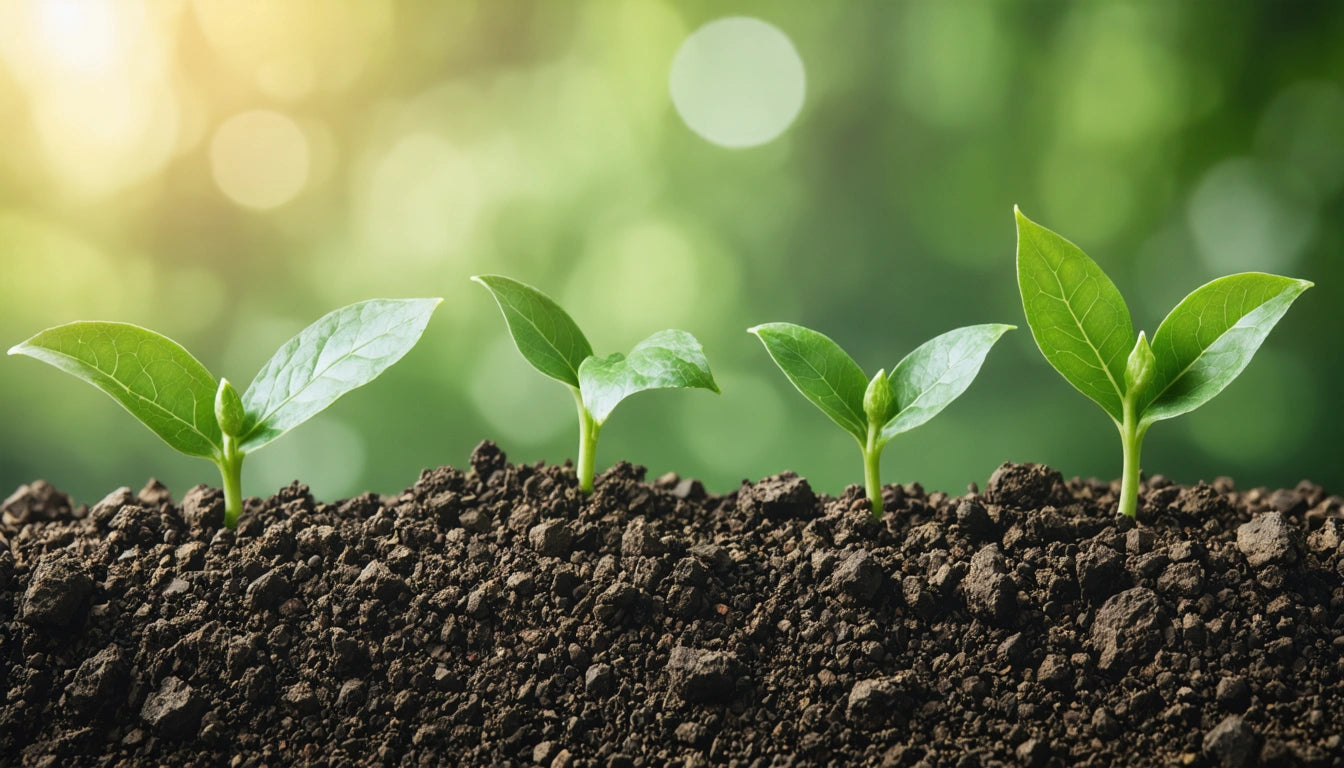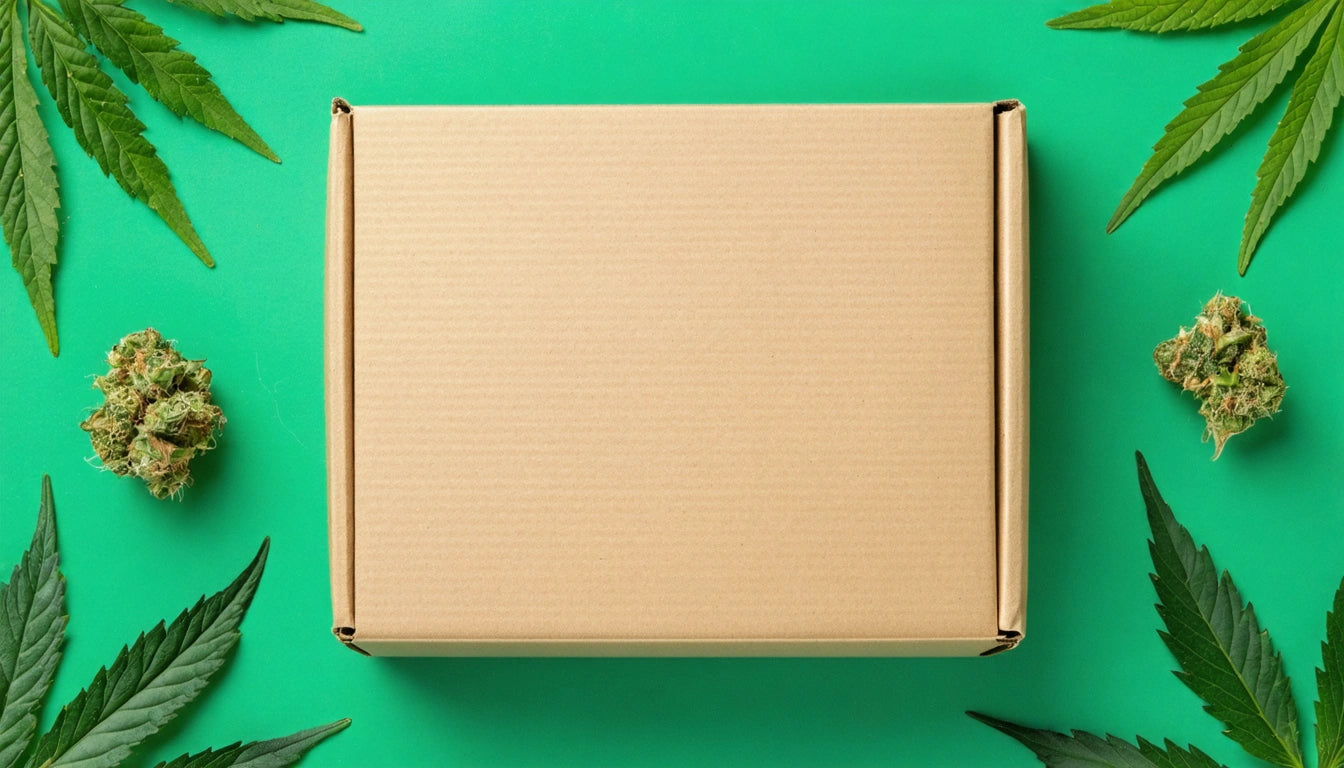Table of Contents
The Future of Zero-Waste Packaging in Everyday Products
Zero-waste packaging represents a fundamental shift in how we design, produce, and dispose of product containers. As environmental concerns mount and consumer preferences evolve, brands are reimagining packaging to eliminate waste while maintaining functionality and appeal. This transformation spans multiple industries and is reshaping our relationship with everyday products.
The Evolution of Zero-Waste Packaging
Zero-waste packaging has progressed from a niche concept to a mainstream consideration. Initially focused on simple material substitutions, today's approach encompasses the entire lifecycle of packaging from production through disposal or reuse. The goal is to create systems where packaging materials maintain their value and utility indefinitely.
According to industry experts, truly zero-waste packaging aims to eliminate all non-recoverable waste through thoughtful design. This requires rethinking not just materials but also distribution methods, consumer behavior, and waste management infrastructure.
Innovative Materials Revolutionizing Packaging
Compostable Alternatives
Compostable materials offer promising alternatives to conventional plastics. Mushroom-based packaging, made from agricultural waste and mycelium (fungal root structures), creates sturdy protective packaging that breaks down naturally after use.
Similarly, seaweed and rice paper are emerging as viable options for certain products. These materials can be edible or safely compostable, potentially eliminating packaging waste entirely for appropriate applications.
Plant-Based Innovations
Bioplastics derived from plant materials like cornstarch, sugarcane, and algae are gaining traction. While not perfect solutions, these materials typically have lower carbon footprints than petroleum-based plastics and can be designed to biodegrade under specific conditions.
Our industry has seen significant advancements in processing equipment for sustainable materials, similar to how specialized processing equipment in other industries has evolved to handle innovative materials more efficiently and cost-effectively.
Refillable Systems and the Circular Economy
Refillable packaging represents one of the most significant shifts toward true zero waste. Refill stations are appearing in retail environments, allowing consumers to reuse containers for products ranging from personal care items to household cleaners.
The business case for reusable packaging continues to strengthen as closed-loop systems demonstrate both environmental and economic benefits. These systems create durable packaging designed for multiple use cycles, with established collection and redistribution infrastructure.
Consumer Engagement with Sustainable Packaging
Successful zero-waste packaging requires consumer participation. Brands are finding that visible sustainability features can drive consumer preference and loyalty.
- Clear communication about disposal or return methods
- Transparent sourcing information for packaging materials
- Visible design elements that signal sustainability
- Interactive elements that educate consumers about environmental impact
Brands that effectively tell their sustainability story through packaging can transform what was once merely functional into a powerful brand asset.
Implementation Challenges and Solutions
Cost Considerations
The transition to zero-waste packaging often involves higher initial costs. However, ROI calculations increasingly show long-term benefits through consumer loyalty, regulatory compliance, and in some cases, reduced material costs over time.
Infrastructure Limitations
Even the most innovative compostable packaging may end up in landfills if proper composting infrastructure isn't available. Successful zero-waste initiatives often require collaboration between brands, municipalities, and waste management systems.
Technical Performance
Zero-waste materials must meet the same performance standards as conventional packaging. Barriers to moisture, oxygen, light, and contaminants remain essential for many products. Innovations in mono-material packaging are addressing these challenges by creating recyclable or compostable options that don't sacrifice functionality.
Future Directions in Zero-Waste Packaging
The future of zero-waste packaging lies in systems thinking rather than isolated material substitutions. Successful approaches will likely combine:
- Material innovations that decompose safely or maintain value through multiple use cycles
- Digital technologies that track packaging through its lifecycle
- Consumer education that builds new habits around reuse and proper disposal
- Policy frameworks that incentivize waste reduction
As 2025 approaches, we can expect accelerated adoption of truly circular packaging systems where materials remain in use, waste is designed out from the beginning, and natural systems are regenerated rather than depleted.
The most promising path forward combines technological innovation with thoughtful design and systems change, creating packaging solutions that protect both products and the planet.











Leave a comment
All comments are moderated before being published.
This site is protected by hCaptcha and the hCaptcha Privacy Policy and Terms of Service apply.